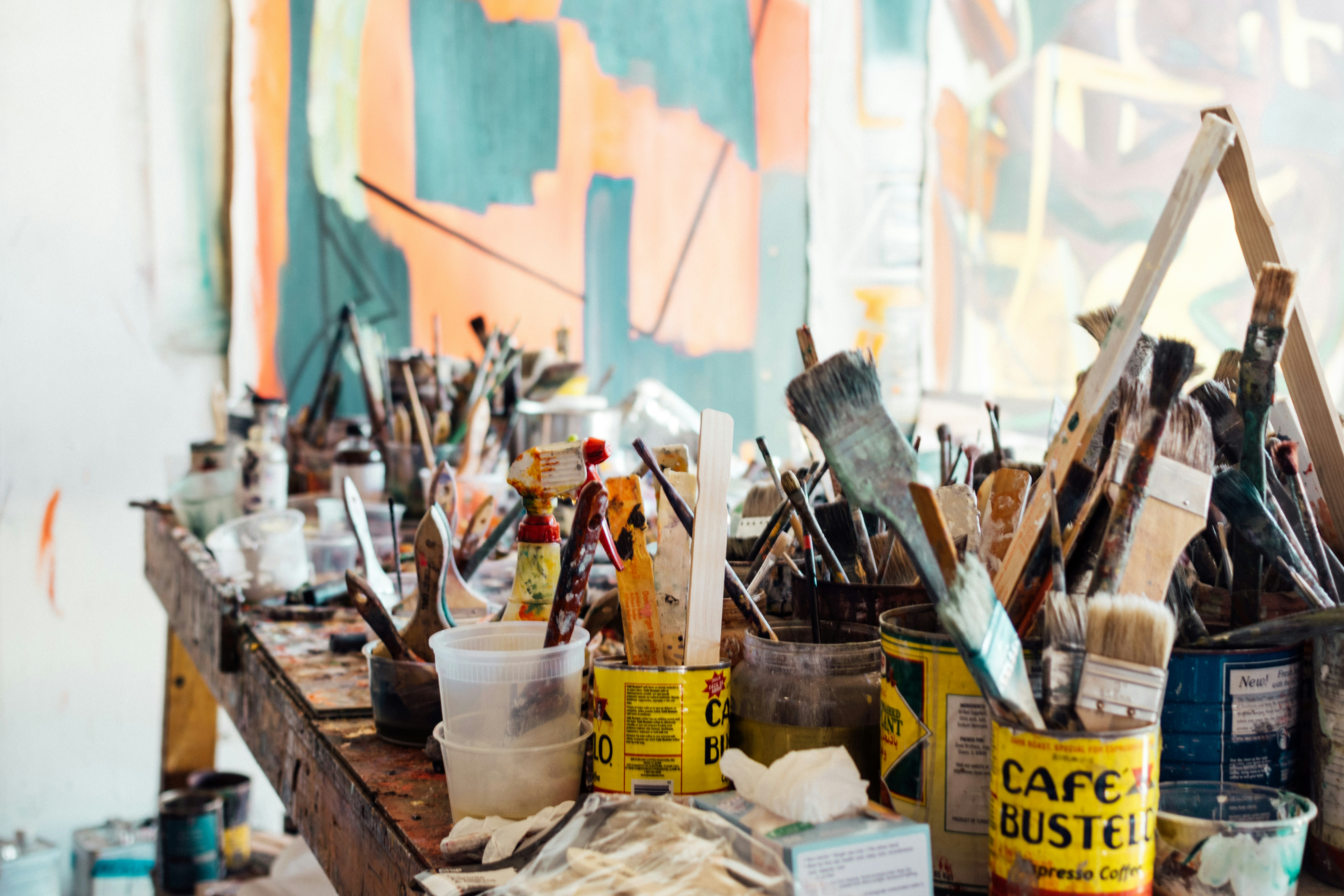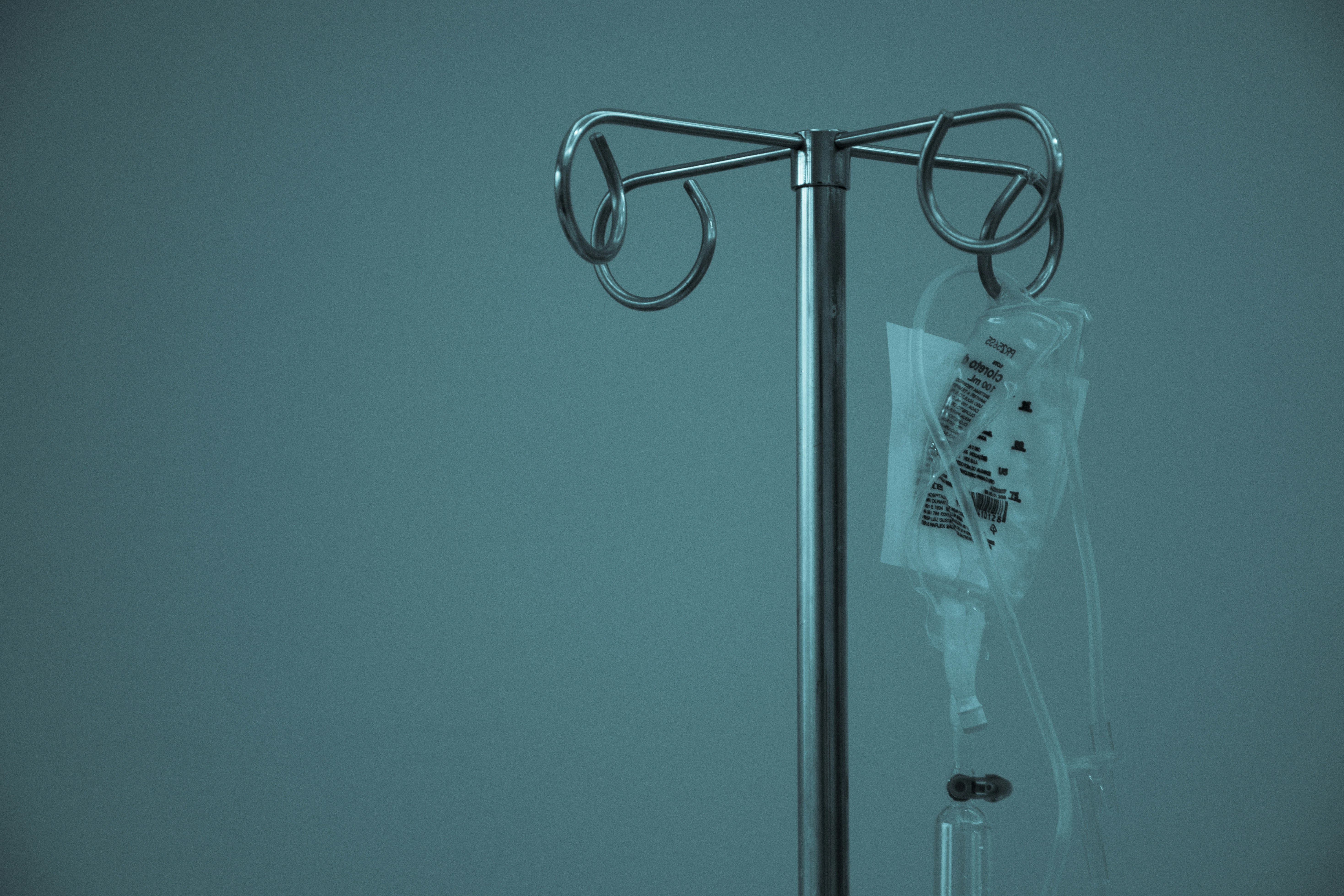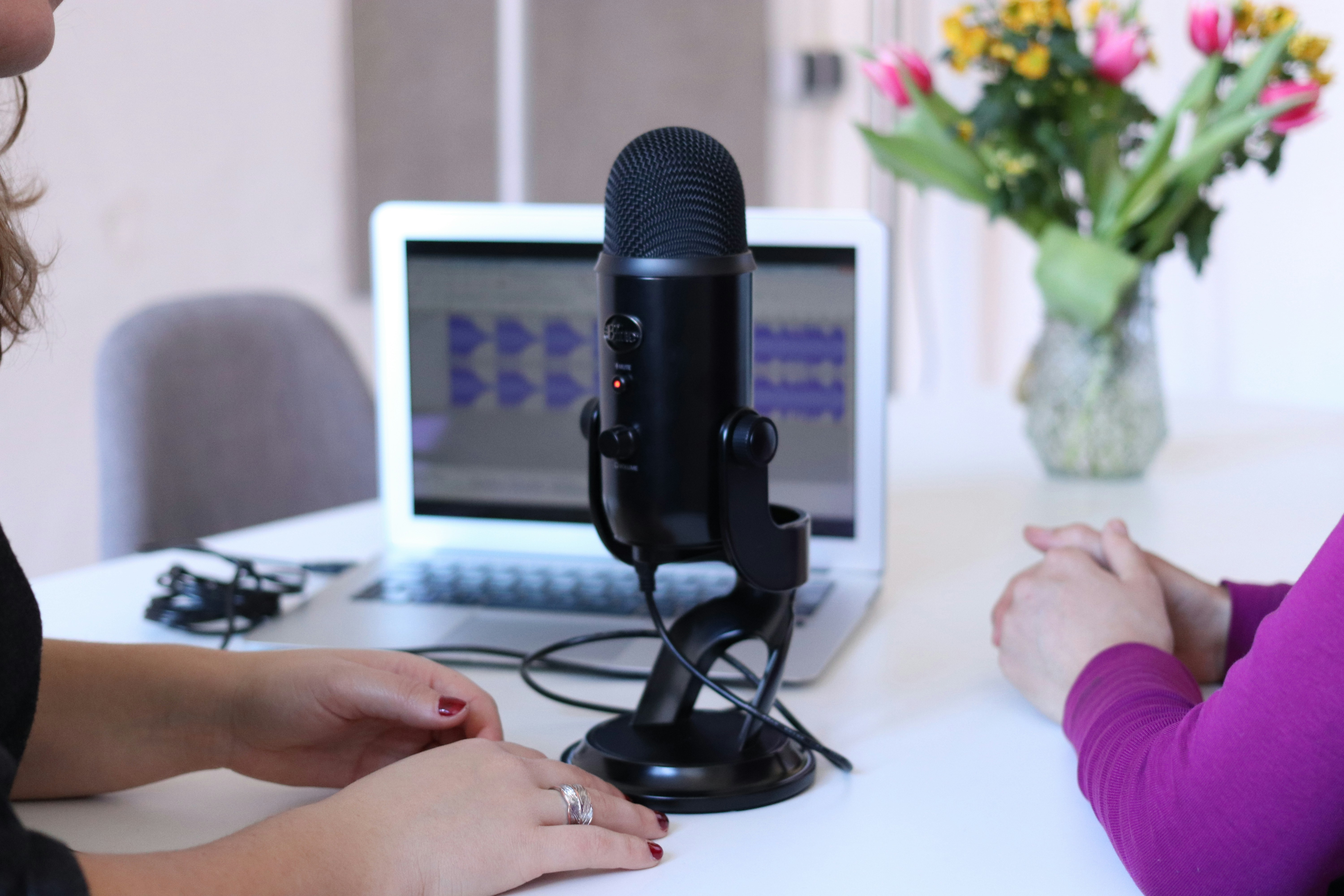If you’re just starting out on your podcasting journey and are looking for ways to enhance the sound quality of your recordings, then you’ve come to the right place. In this beginner’s guide to acoustic treating your podcast studio, we’ll explore the importance of creating a well-treated acoustic environment for your recordings and provide you with some valuable tips and recommendations on the best equipment and brands to achieve professional-quality sound. From microphones and headphones to audio interfaces and pop filters, we’ve got you covered. So let’s get started on transforming your podcast studio into a space that ensures your audience hears every word crystal clear.
Choosing the Right Room
When setting up your podcast studio, one of the most important factors to consider is the size of the room. You want to ensure that it is spacious enough to accommodate all your equipment and provide a comfortable working environment. A room that is too small may feel cramped and lead to issues with echo and unwanted reflections.
In addition to the size, you should also take into account the shape of the room. Different room shapes can produce different acoustic properties, so it’s important to choose a room that will work well for your podcasting needs. Irregularly shaped rooms with lots of angles and corners may introduce sound reflections and standing waves, while rooms with more symmetrical shapes can provide a more balanced and even sound.
Lastly, evaluate the location of the room. Ideally, you would want a room that is away from high traffic areas or noisy environments such as a busy street. The location should also be easily accessible for you and your guests, as well as provide good natural lighting if desired.
Understanding Acoustic Treatment
Acoustic treatment is the process of improving the sound quality within a room by controlling unwanted reflections, echoes, and reverberation. In the context of a podcast studio, acoustic treatment plays a crucial role in ensuring that your recordings sound clear and professional.
Acoustic treatment is important for a podcast studio because it helps to minimize reflections and echoes that can be picked up by the microphones. These reflections can create a sense of muddiness or roominess in the recordings, which can detract from the overall quality of your podcast.
There are various types of acoustic treatment products available, each serving a specific purpose. Some common types include bass traps, diffusers, absorption panels, and acoustic foams. Each of these products works in a different way to address specific acoustic issues and improve the overall sound quality of your podcast studio.
Identifying Problem Areas
In order to effectively treat your podcast studio acoustically, it is important to identify the problem areas that need to be addressed. Some common acoustic issues in podcast studios include standing waves, flutter echoes, and excessive low-frequency buildup.
One simple way to identify problem areas is by conducting the clapping test. Stand in the middle of the room and clap your hands loudly. Listen for any ringing or extended decay of sound. These are signs of reflections and resonances that need to be treated.
Another method of identifying acoustic issues is by analyzing room modes and reflections. Room modes are specific frequencies at which sound waves in the room interact with each other, resulting in areas of reinforcement or cancellation. Reflections occur when sound waves bounce off surfaces and create unwanted echoes or resonances.
Understanding these problem areas will help you determine the appropriate acoustic treatment solutions needed to improve the sound quality in your podcast studio.
Using Bass Traps
Bass traps are a type of acoustic treatment product that are specifically designed to address low-frequency issues in your podcast studio. Low-frequency sound waves tend to be longer and can interact with the room in a way that creates uneven bass response and resonances.
Bass traps work by absorbing or diffusing low-frequency sound waves, helping to minimize excessive bass buildup and improve the overall clarity of your recordings. They are typically placed in the corners of the room where low-frequency energy tends to accumulate.
By strategically positioning bass traps in your podcast studio, you can ensure a more balanced and accurate representation of low-frequency sounds in your recordings.
Installing Diffusers
Diffusers are another type of acoustic treatment product that can greatly enhance the sound quality in your podcast studio. Unlike absorption panels that absorb sound energy, diffusers scatter sound waves in a controlled manner, reducing the buildup of reflections and echoes.
Diffusers work by breaking up sound waves and dispersing them in different directions, effectively reducing the intensity of the reflections. They can be especially beneficial in rooms with irregular surfaces or odd room shapes, helping to create a more even and balanced sound throughout the space.
When installing diffusers in your podcast studio, it is important to position them in areas where reflections and echoes are most prominent, such as behind the recording area or along the sidewalls.
Using Absorption Panels
Absorption panels are commonly used in podcast studios as they are highly effective at reducing unwanted reflections and echoes. These panels are made of specialized materials that absorb sound energy, preventing it from bouncing back into the room.
Absorption panels come in various sizes and thicknesses, each designed to target a specific range of frequencies. They can be mounted on walls, ceilings, or even freestanding to create a more controlled acoustic environment.
When placing absorption panels in your podcast studio, consider the areas where reflections are most prominent, such as behind the speakers, along the sidewalls, and on the ceiling above the recording area.
Using Acoustic Foams
Acoustic foam is a popular choice for podcast studios as it offers effective sound absorption and is easy to install. The foam is made of specialized materials that are designed to absorb sound energy across a wide range of frequencies.
Acoustic foam can be used to treat a variety of acoustic issues, including echoes, reflections, and reverberation. It is commonly placed on walls, ceilings, and even on the surface of recording equipment to minimize sound reflections.
When using acoustic foam in your podcast studio, strategically place it in areas where reflections and echoes are prominent, such as behind the speakers, along the walls, and on the ceiling above the recording area.
Strategically Placing Furniture and Equipment
Furniture and equipment in your podcast studio can also serve as a form of acoustic treatment. Certain materials and designs can help to absorb or diffuse sound waves, enhancing the overall sound quality in the room.
When selecting furniture for your podcast studio, consider materials such as fabric upholstery or natural wood, as these can help to absorb sound energy. Avoid placing furniture with hard, reflective surfaces near the recording area, as they can cause unwanted reflections and echoes.
Similarly, when positioning equipment such as microphones, monitors, and speakers, take into account their interaction with the room acoustics. Experiment with different placements to find the optimal position that minimizes reflections and ensures the best sound quality.

Considering Room Layout
The layout of your podcast studio can greatly impact the quality of your recordings. By arranging furniture and equipment in a strategic manner, you can optimize the sound and create a more professional recording environment.
When arranging furniture, consider the optimal position for the recording area. This area should be free from obstructions and have sufficient space for you and your guests to move comfortably. Avoid placing furniture or equipment in a way that creates obstacles or causes unwanted reflections.
Creating a dedicated recording area can also help to improve the sound quality in your podcast studio. This area should be acoustically treated to minimize reflections and noise from other parts of the room. Consider using room dividers or acoustic curtains to separate the recording area from the rest of the space.
Other Considerations
In addition to the acoustic treatment measures mentioned above, there are a few other considerations to keep in mind when setting up your podcast studio.
Minimizing external noise is essential to ensure clean and professional-sounding recordings. Choose a location for your studio that is away from high traffic areas or noisy environments. Consider using soundproofing techniques such as sealing gaps and using acoustic door sweeps to minimize sound leakage.
Dealing with echo and reverberation can be a challenge in certain rooms. Consider using additional acoustic treatment products such as diffusers and absorption panels to help reduce these issues. Experiment with different placements to find the most effective solution for your specific room.
Proper ventilation is also important to maintain a comfortable and productive recording environment. Make sure your podcast studio is adequately ventilated to prevent overheating and maintain good air quality. Consider using HVAC systems or fans to ensure proper airflow without introducing excessive noise.
By considering all these factors and implementing the appropriate acoustic treatment measures, you can create a podcast studio that provides optimal sound quality and enhances the overall listening experience for your audience. Remember, a well-treated podcast studio can make a significant difference in the professionalism and success of your podcast.



